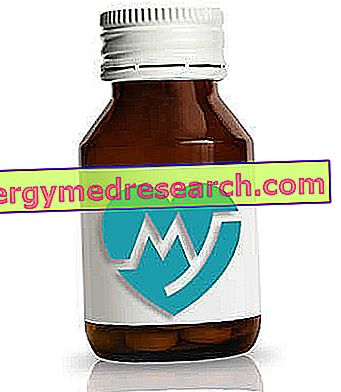Characteristics and use as a sweetener
Aspartame is an artificial dipeptide composed of two common amino acids: aspartic acid and phenylalanine (whose carboxyl end is esterified with methanol).
Discovered by chance in 1965 by chemist James Schlatter, of GD Searle and Company, aspartame has met with extraordinary commercial success; this sweetener was in fact approved in the 1980s as a food sweetener and as such used on a large scale in soft drinks containing carbonic acid, powdered non-alcoholic drinks, yogurt and confectionery and dietetic products.

The taste of aspartame is described as "clean and sweet", devoid of the bitter or metallic aftertaste often associated with other synthetic sweeteners. Comparison with sucrose reveals that the taste is similar to that of natural sugars; moreover, some aromas present in foods and beverages are strengthened or prolonged in the presence of aspartame, especially those of acidic fruits (such as orange and lemon). This property is used in chewing gum, where aromas can be prolonged for 4 times longer.
The sweetening power of aspartame is 160-220 times greater than sucrose, while caloric intake is more or less equivalent (4 Kcal / gram, like any protein). As a result, very little amounts of aspartame are needed to sweeten food and drink, with a considerable caloric saving, useful for those who want to keep the energy intake of the diet under control (you still have to smile in front of the many people who swallow a hurry in the bar couple of pastries, then sweetening the coffee with aspartame to save some calories).
Aspartame has the great advantage of not significantly altering blood sugar and is therefore well tolerated even by people with diabetes, who must necessarily reduce the consumption of traditional sugar. It is also an acariogenic substance that, unlike saccorose, does not cause cavities.
The stability of aspartame is excellent, especially for applications with a low H 2 O content (powdered drinks to be solubilized). This artificial sweetener also discreetly resists processes that require heat, such as dairy products, and high temperatures or ultra high temperatures for short periods (especially in the encapsulated form). However, the possibility of hydrolyzing or cycling to diketopiperazine when exposed to high temperatures for a long time limits some applications (aspartame-based sweeteners carry the warning "do not cook") and make it contraindicated during pregnancy and lactation ( diketopiperazine is toxic to the fetus).
Safety of use and side effects
In these years, aspartame has been widely studied by scientists from all over the world, who have ascertained their safety through experiments on animals and humans. Once ingested, aspartame is rapidly metabolized into its three components: Aspartic Acid, Phenylanine and Methanol. These metabolism products have often been the subject of discussion regarding potential toxicity. However, we are talking about substances normally present in the diet; only in rare cases, as for individuals with phenylketonuria (a rare genetic disease in which phenylalanine is not metabolised) the use of aspartame must be limited. For this reason sweeteners and other food or dietary products containing aspartame must carry the warning "contains a source of phenylalanine".
Aspartame produces about 10% of methanol (a toxic substance) by weight compared to the ingested dose, a value that is well below that taken with the consumption of fruit, vegetables and juices. However, many of the controversies on the presumed neurotoxicity of aspartame (balance disorders, mood disorders, nausea, headache, indistinct vision) concern precisely the release of methanol; the most at risk would be children.
Based on the results of the research conducted, the acceptable daily intake (ADI) established by the JECFA agency (Joint FAO / WHO Expert Committee on Food Additives) is 40mg / kg of body weight (FAO = Food and Agriculture Organization; WHO = World Health Organization). Being about 200 times sweeter than sugar, for a 60 kg person an ADI of 40 mg / kg is equivalent to 480 g of daily sucrose (which would lead to the early appearance of various metabolic diseases related to obesity, such as hyperlipidemia, insulin resistance, problems cardio-circulators and increased susceptibility to some cancers).
In food products, aspartame is often referred to as E951. In recent years, in the wake of the persistent scientific research concerning the alleged toxicity (which, to tell the truth, they have been repeated, among confirmations and denials, for many years now), aspartame has increasingly been replaced by other artificial sweeteners, such as sucralose. Even today there is no certainty about the presumed carcinogenicity of aspartame, which continues to be considered a safe sweetener by the FDA (the most important US and global body in charge of the regulation of food and pharmaceutical products) and by EFSA (European Authority for the Food safety).



